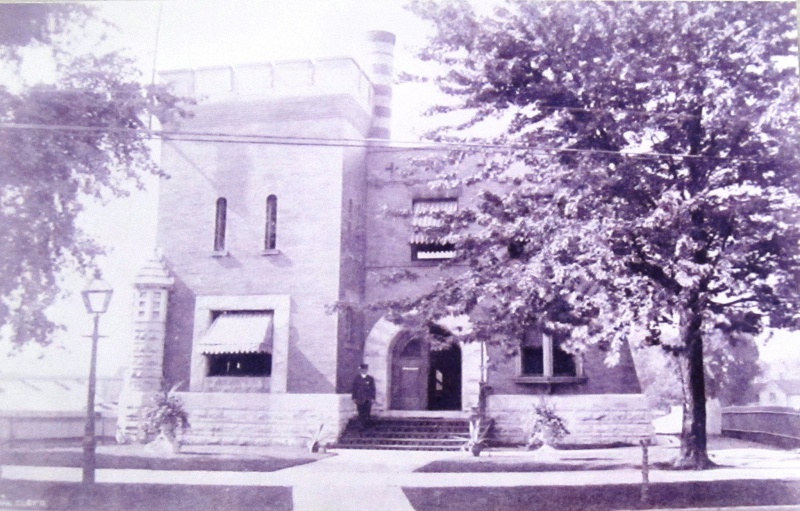
Many Cleveland moviegoers have seen Martin Scorsese's 2002 film "Gangs of New York," a story about the vicious street gangs that populated New York's notorious Five Points District around the time of the U.S. Civil War. Few Clevelanders, however, know that from about 1888 to the early years of the twentieth century, Cleveland was home to a street gang that was just as notorious and vicious as any nineteenth century New York street gang.
Everyone who lived in Cleveland during the late nineteenth century knew of the McCart Street Gang. As a young physician practicing medicine on the West Side of Cleveland in the 1890s, even Dr. George Crile ( later one of the founders of the Cleveland Clinic) knew that he had to look out for the Gang when he went out to minister to sick patients late at night.
The gang was named after McCart Street, which is known today as West 69th Street. This long and narrow west side street was developed by Irish immigrant John McCart and soon came to be the home of a large number of Irish-American families. The McCart Street Gang itself was composed exclusively of first and second generation Irish-American boys and young men. The most famous members of the McCart Street Gang-Patrick Gorman, Michael "Foxy" Gorman, and Michael "Gillie" Gallagher, all lived on McCart Street at one time or another during the 1890s.
The reign of terror imposed by the McCart Street Gang (which, for reasons lost to history, was also referred to as "The Gang from Cheyenne" or sometimes simply as "Da Gang"), fell mostly upon an area just west of the intersection of West 65th Street and Detroit Avenue. In the 1890s, this was the northeastern quadrant of the Village of West Cleveland, which existed as a separate suburb of Cleveland from 1871-1894. During its final years as a suburb, West Cleveland was not able to marshal sufficient safety forces to respond effectively to the crime wave launched in its community by the McCart Street Gang.
During the McCart Street Gang's heyday, west siders would read in their local papers of the many sensational and daring crimes committed by the Gang-- often on main streets in broad daylight. Things began changing in 1894 however, as West Cleveland was annexed to the City of Cleveland. First, a new police station was built in the former village and staffed with a group of dedicated police officers. One of the first Cleveland police officers to take on the Gang was Officer Thomas Commerford, who suffered serious injury when he traveled to McCart Street in August 1894 to arrest one of Foxy Gorman's younger brothers.
By the close of the decade, a coalition of law enforcement officials, local businesses and the residents of McCart Street ended the gang's reign of terror. Local businesses organized in 1895 and demanded better law enforcement from the City. In the same year, residents of McCart Street, who felt that the name of their street had been disgraced by the gang's crime spree, successfully petitioned Cleveland City Council to change the name of their street to Hillside Avenue. In the end, heightened Cleveland police efforts, aggressive prosecutions, and tough judges during the final years of the 1890s placed key members of the gang behind bars, effectively ending the gang's power and influence in the neighborhood for good.
Images






Date: December 16, 1896


